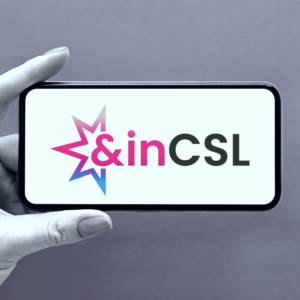DNA is a wonderful material to build and program at the nanoscale. It has powered the constructions of DNA origamis, which can fold into arbitrary shapes [1]. But DNA is also a powerful media to store and process information – as shown by its use by Nature to store genetic information. The extreme density and durability of DNA has attracted the interest from the IT world, as a mere kilogram of DNA could – in principle – store the content from all the data centers in the world for centuries [2]. In this talk I will discuss how information can be stored and processed in DNA – highlighting our recent example of enzymatic neural networks that make nonlinear decisions [3]
[1] Rothemund, Paul WK. “Folding DNA to create nanoscale shapes and patterns.” Nature 440, no. 7082 (2006): 297-302.
[2] Ceze, Luis, Jeff Nivala, and Karin Strauss. “Molecular digital data storage using DNA.” Nature Reviews Genetics 20, no. 8 (2019): 456-466.
[3] Okumura, S., G. Gines, N. Lobato-Dauzier, A. Baccouche, R. Deteix, T. Fujii, Y. Rondelez, and A. J. Genot. “Nonlinear decision-making with enzymatic neural networks.” Nature 610, no. 7932 (2022): 496-501.


